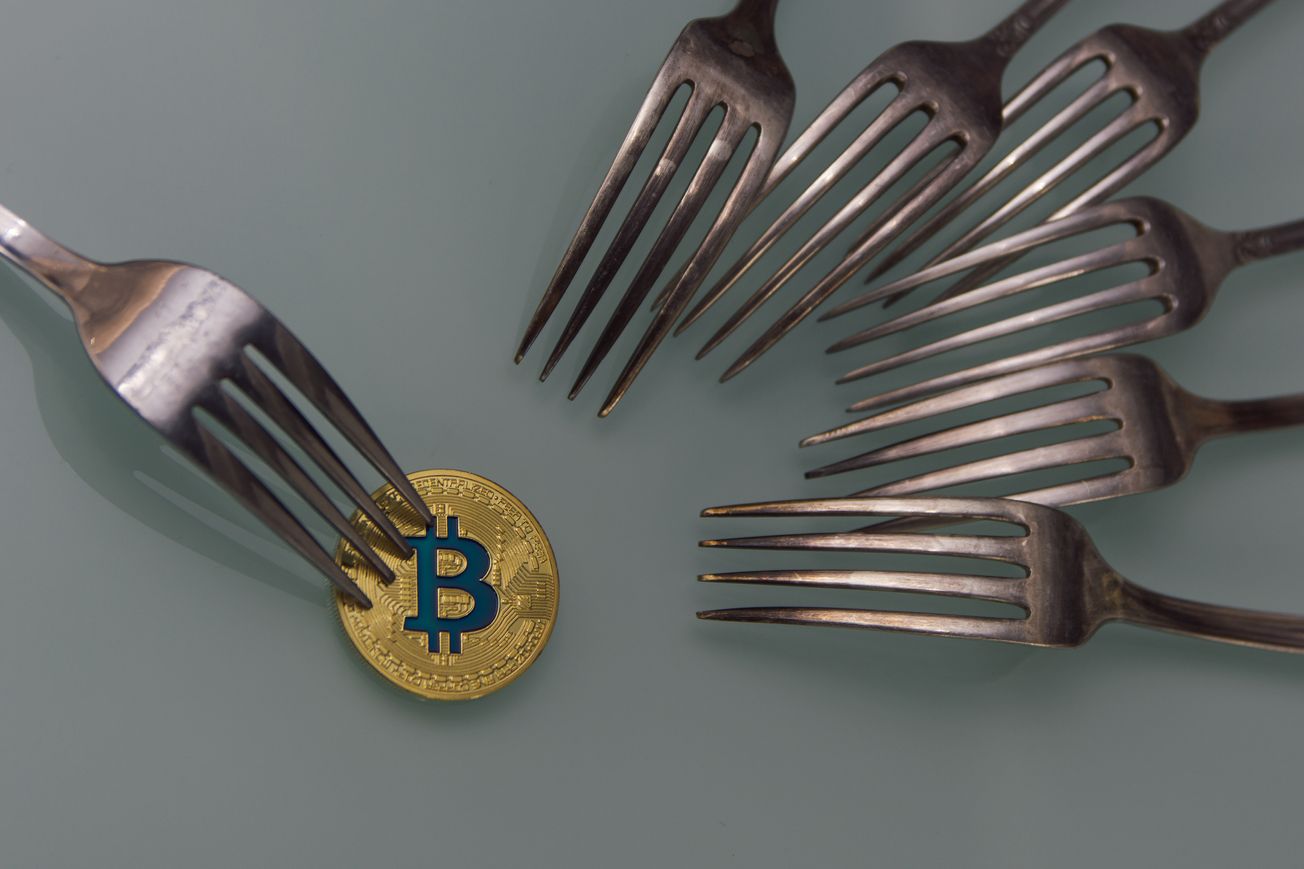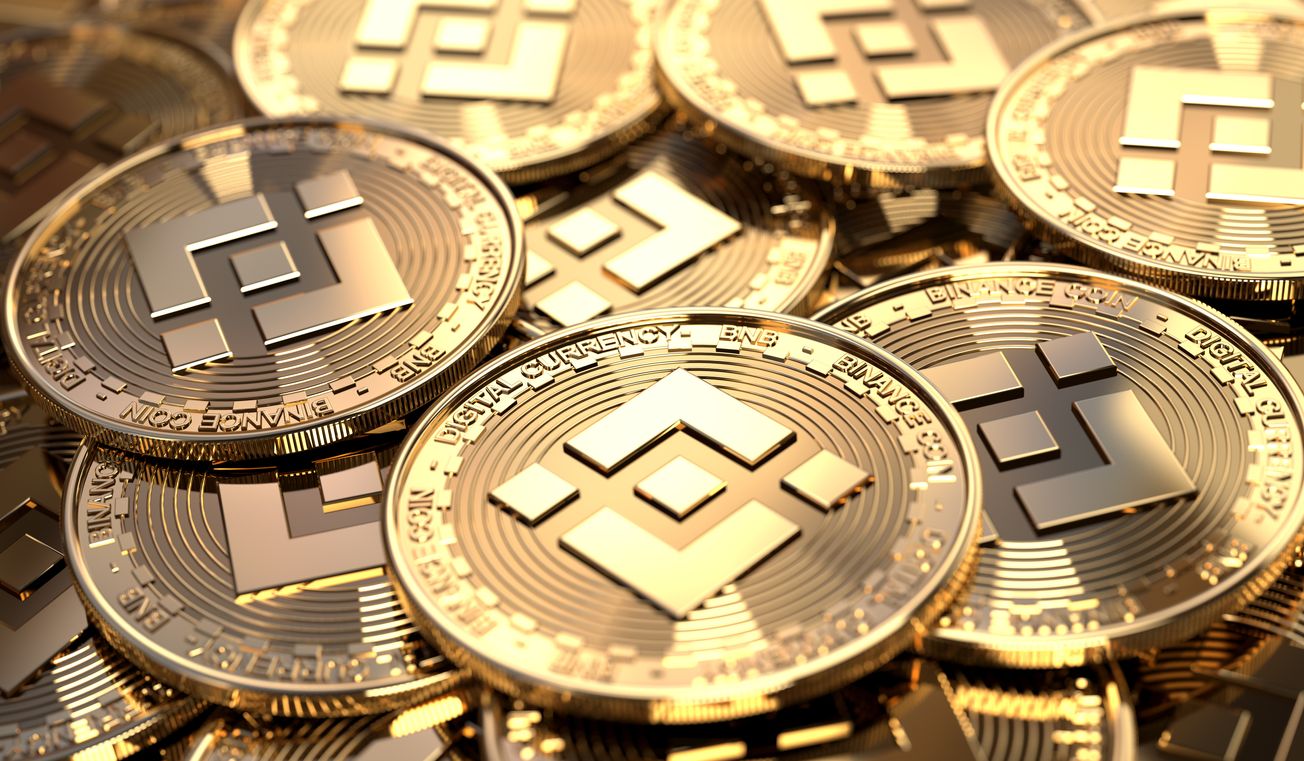Solana (SOL) is one of the most popular cryptocurrency networks for decentralised applications (dApps). Similar to other prominent crypto projects Ethereum (ETH) and Cardano (ADA), Solana is a 'smart contract' platform designed to support new crypto protocols. Today, many decentralised finance (DeFi) projects including Uniswap, OpenSea, and Curve run on top of smart contract platforms, and Solana also enjoys a sophisticated ecosystem of DeFi apps. Let's take a brief look at the technology behind Solana and what sets it apart in the crypto space.
Solana and Other Smart Contract Platforms
The core of Solana's design is smart contract functionality. Smart contracts are computer programs that run on a cryptocurrency network. Many DeFi protocols leverage smart contracts to swap cryptocurrencies or sell NFTs. It is possible to interact securely through smart contracts, even when they aren't sure whom they are interacting with. Subsequently, smart contract platforms like Ethereum and Solana have become immensely popular.
Many cryptocurrency networks have historically suffered from congestion due to technological constraints. The 'consensus protocol' -- how the network reaches consensus about which transactions are legitimate -- often has been a sticking point for crypto projects. Bitcoin's consensus protocol is notorious for only supporting 7-14 transactions per second. Likewise, Ethereum relies on a similar design which restricts network speed to the low double-digits. These 'proof of work' (PoW) cryptocurrencies are limited by the speed at which miners can process new transactions. Both Bitcoin and Ethereum have suffered from high transaction fees as a result.
How Is Solana Different?
Solana uses a 'proof of stake' (PoS) system. Solana's PoS works on a different principle from PoW. Instead of relying on miners, users can stake their SOL to act as 'validators', verifying transactions for the network. Validators that accept illegitimate transactions risk losing their stake: this ensures consensus throughout the network. PoS requires much less energy and hardware resources per transaction when compared with PoW, making it faster and cheaper.
Solana isn't the only cryptocurrency project to use a PoS system. However, it also has a unique secondary consensus mechanism called 'proof of history' (PoH). PoH uses timestamps to process transactions from many different validators at once. This simultaneous processing of transactions makes confirming payments on Solana almost instant. Additionally they have a Solana Foundation which is their non-profit development arm.
What is SOL?
The backbone of the Solana blockchain is a cryptocurrency called SOL. Similar to other cryptocurrencies, SOL relies on cryptography for security. Users manage their SOL through a cryptocurrency wallets that can send and receive transactions, and store assets.
Importantly, SOL is used to pay for transaction fees and smart contract interactions on Solana. This is similar to how ETH serves as 'gas' on the Ethereum network. Solana's low gas fees have helped to build its brand as a very cheap cryptocurrency network for users - many appreciate its scalability. Continuing demand for SOL is partially driven by its use as gas.
As mentioned previously, SOL can be staked to earn fees by validating new transactions on the Solana network. Solana currently has no minimum staking requirements.
How Solana Stands Today
Solana's combination of PoS and PoH technology can support roughly tens of thousands of transactions per second, which stands in stark contrast to competing networks like Ethereum (although Ethereum developers are hoping to solve this with layer 2). Delegating a critical node to determine a transaction time that the network can agree on is Solana's approach. The low fees on Solana have quickly made it popular with frequent traders. Solana has steadily grown since its 2019 launch, and a substantial percentage of DeFi traffic now flows through the network.
Unfortunately, Solana's growth has not been without hiccups. In 2021, Solana's biggest strength -- extremely cheap and fast transactions -- was briefly turned into its biggest weakness. Bots attacked the network, taking advantage of the near-free transaction fees to clog it with bogus transactions. The network was frozen for 17 hours, after which it was restarted with no lasting effects or funds lost.
Solana has positioned itself as one of the primary competitors with Ethereum, and part of its success is due to Ethereum's difficulties scaling to support more transactions. The 'Eth 2.0' update intended to solve Ethereum's high network congestion has encountered multiple setbacks during development. In response, DeFi traffic from Ethereum has flown into other smart contract platforms, including Solana. Solana's innovative blend of PoS and PoH has garnered the project favour with users seeking speed and low fees. The continued market demand for SOL will depend on Solana's ability to stay technologically competitive against other networks including Ethereum and Cardano.






